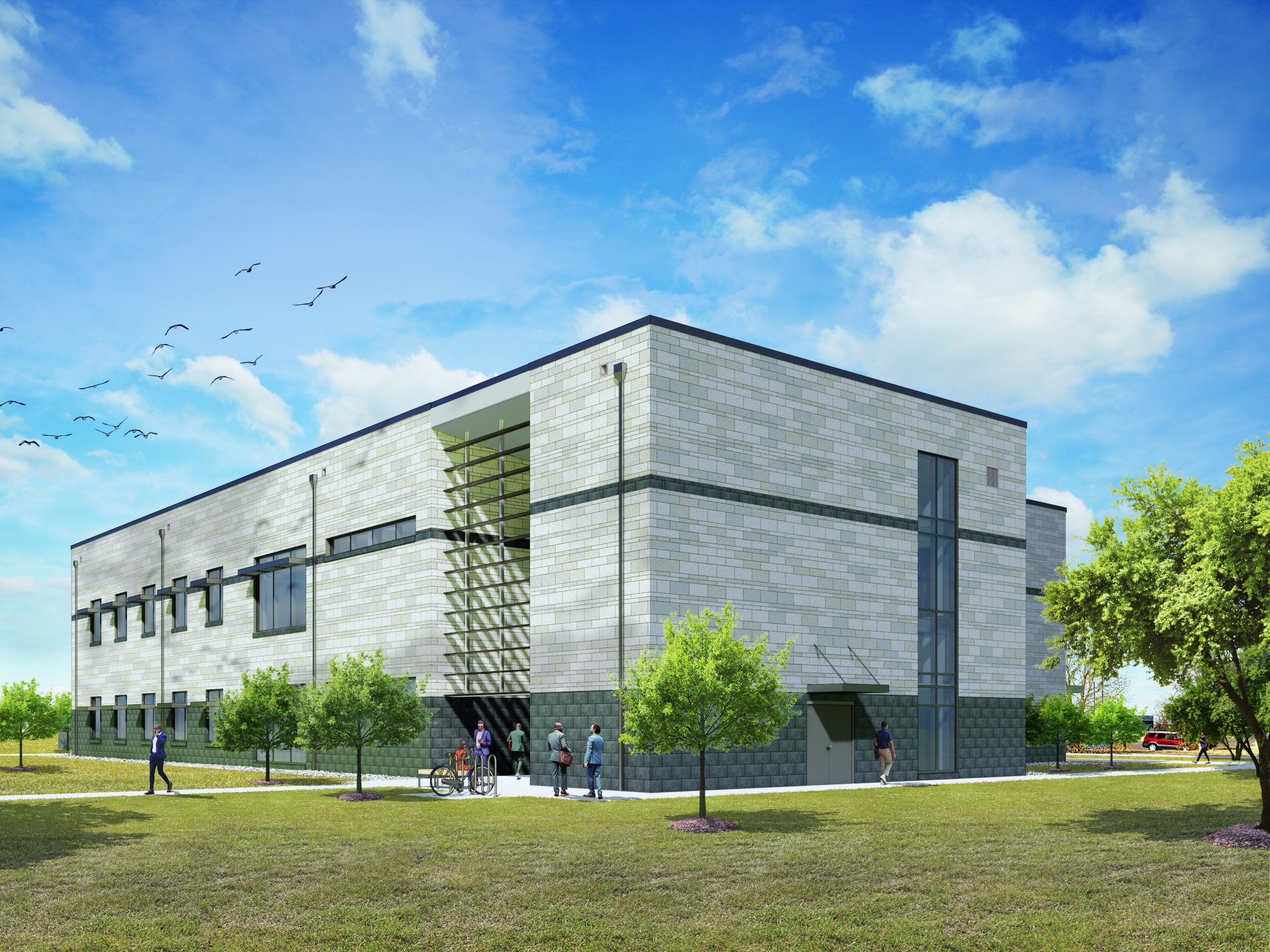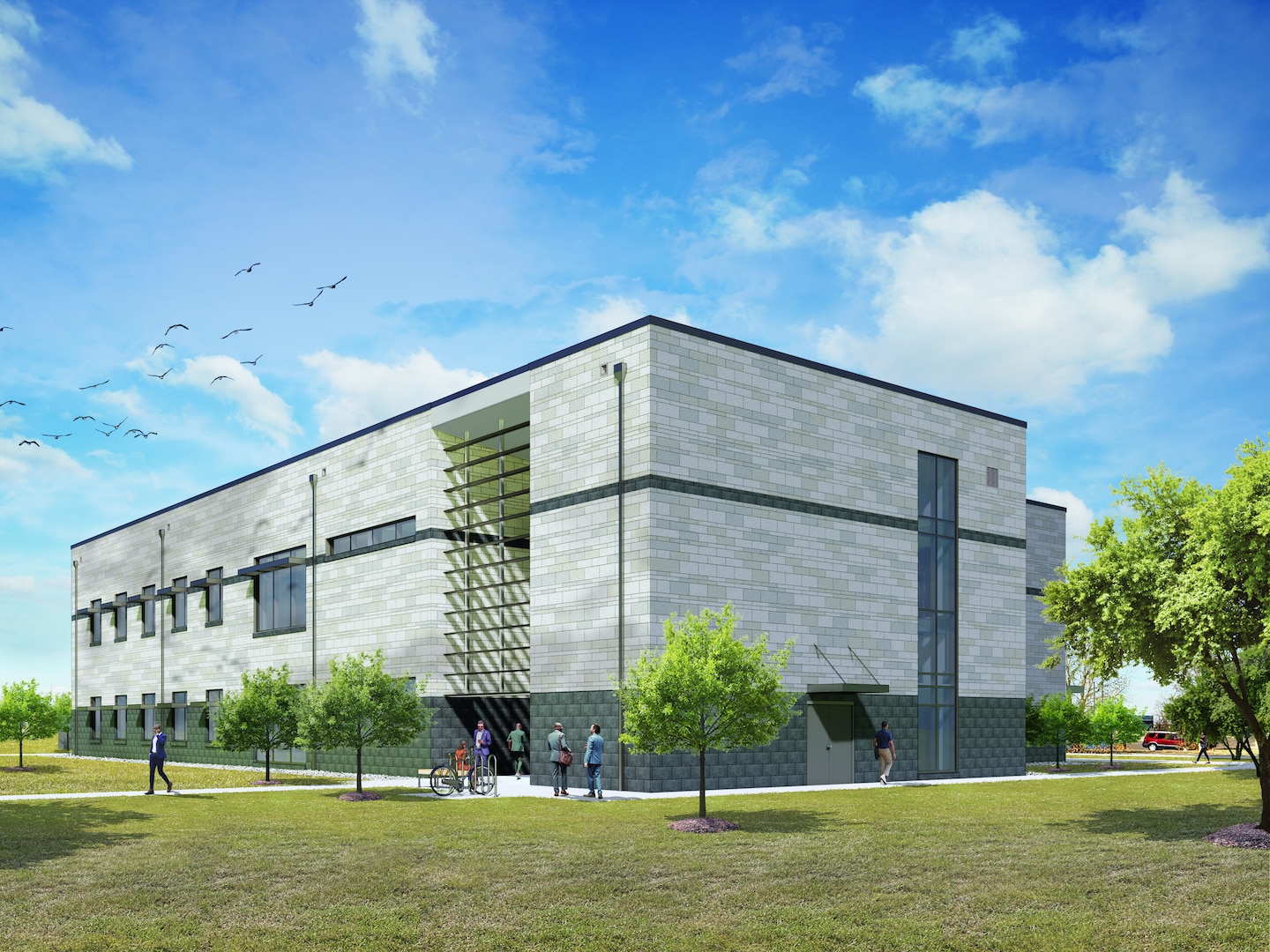The new Joint Cryptologic Centre (JCC) at the National Security Agency Colorado (NSA C) has broken ground on Buckley Space Force Base in Aurora, Colorado.
Construction on the structure, which will include dedicated administrative office space for the NSAC Service Cryptologic Elements as well as the new Rocky Mountain Learning Centre for unclassified training, will begin next month. The first tenants wil move in by the spring of 2026.
“Being present for the Joint Cryptologic Centre groundbreaking reaffirms the tight collaboration between NSA/CSS Washington and NSAC, as well as our enterprise-wide emphasis on training as a critical component to a successful career at NSA,” Catherine Aucella, executive director of the National Security Agency, stated.
Also Read: TWG completes construction of Residences at Durango, Colorado
Ms. Aucella was joined by NSAC Director Jenna M. Seidel, executives from NSA’s Talent Learning & Development department, and representatives from all six armed services’ Service Cryptologic Elements assigned to NSAC.
Seidel led guests on a tour of the Joint Component Command Headquarters complex, which houses NSAC’s Service Cryptologic Elements, which administer leadership and service support operations. She described the Enterprise’s newest learning centre as addressing the NSAC workforce’s overall training needs.
More on the NSA Cryptologic Centre groundbreaking
The NSA’s Military Construction team briefed on the layout and project milestones, as well as the new building’s construction footprint.
“This is a facility that builds upon the natural collaboration across the military and civilian workforce at NSA/CSS Colorado,” said Randy Westfall, NSA’s Chief of Installations and Logistics.
As one NSA Talent, Learning, and Development executive put it, “this space offers a state-of-the-art location for learning for the NSAC workforce, especially the Weapons and Space Readiness/TechSIGINT Revitalization members.”
“We look forward to a modernised facility to support the day-to-day demands of our military service elements, as well as the workforce training needs,” Seidel said.


